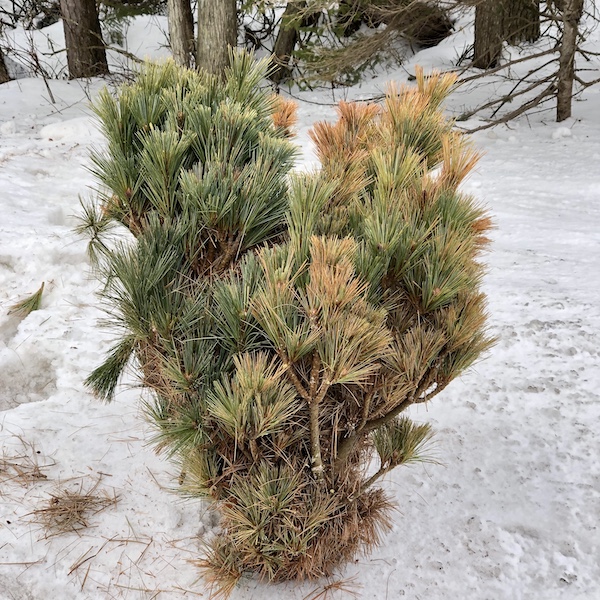Witches' Brooms
In a nutshell, brooms are mutated growths on plants. Brooms will appear as growths that are different from the normal characteristics of the plant. Most often they appear as congested growths on the trunk or branch of a tree. Can be caused by external influences as well as genetic mutations and often appear similar to a shrubby growth on a branch. Sometimes confused with mistletoe or squirrel’s nest both of which are not part of the host plant. Read more below….
What are witches' brooms?
In a nutshell:
Brooms are mutated growths on plants. Brooms will appear as growths that are different from the normal characteristics of the plant. Most often they appear as congested growths on the trunk or branch of a tree. Can be caused by external influences as well as genetic mutations and often appear similar to a shrubby growth on a branch. Sometimes confused with mistletoe or squirrel’s nest both of which are not part of the host plant.
Brooms can have significantly less growth length per year than the parent and often 20-30x slower growing. In rare cases the color of the broom can be different from the parent plant. Some species of trees and shrubs are more prone to have them while others are unlikely to ever form a broom. When formed on a selected cultivar they often have similar characteristics to the parent in miniature making for a much more desirable selection.


Brooms can be caused by:
- Disease, fungus, or virus
- Insect damage from chewing or boring
- Animal damage from chewing, drilling, nesting, or rubbing. Animals often nest in brooms making a home inside the dense growth.
- Mechanical damage such as pruning or wind breakage
- Genetic mutation. There are many theories about where you will find genetic mutations but I have never found any one specific environment that seems to generate these types of brooms. These are living organisms and like any other living organism, mutations happen.
Identification of genetic brooms:
In many cases it can be difficult to distinguish between genetic mutations and other undesirable brooms. There are some characteristics will help identify and that should be present that will increase the odds that the broom is potentially able to be propagated with the potential to retain its characteristics.
- When looking for brooms they will generally look like dark spots in the growth. This is simply from the fact that the foliage is usually much more dense than that of the parent tree.
- A broom can start pretty much anywhere on the parent. They are much easier to spot when looking up because they will contrast more against the background. While it makes it easier to find them this generally makes it more difficult to collect them. Be aware of squirrel’s nest that can look like a witches’ broom to the untrained eye. Squirrels’ nest will have branches, twigs, and leaves all clumped together.
- Brooms will look like a clump pf braces or twigs growing around a twig, in the crotch of 2 branches, or at the end of a branch or twig.
- Generally genetic brooms look healthier. The color should be rich and not muted or dull. Avoid black or dark color which could be an indication of fungus or disease.
- Healthy brooms usually are tight growing, with all the branching and foliage somewhat uniform. The broom could be in the shape of a ball, upright, flat or weeping but all of the growth will be similar. If there are random branches or loose growth it is more likely disease.
- It is common for the main branch that the broom is growing on will be much thicker that the surrounding branches. This is a good indicator that you are dealing with a genetic broom. There are exceptions but this is usually a good sign.
- Look around the area where you find a broom. If there are more or many more this is an indication of disease. Even if you do not find a high quantity it is still good to look around the area. Often the conditions that caused this broom could cause another. Often in a completely different species.